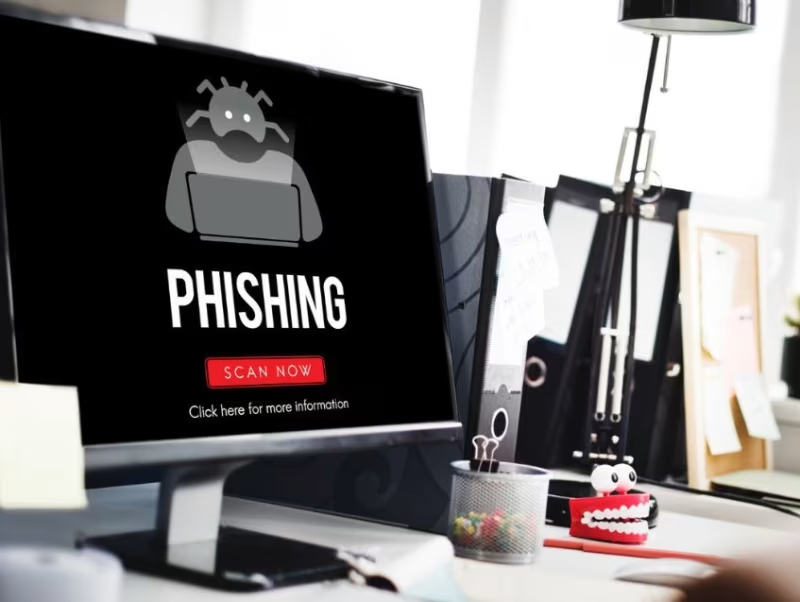Resource / Online Journal
Phishing Attacks in India: How SOCs Can Identify and Respond Effectively
This article explains how Security Operations Centers (SOCs) in India can effectively detect and respond to phishing attacks using a structured, proactive approach.
Published on Apr 29, 2025

Phishing attacks have become one of the most common cyber threats faced by individuals and organizations in India. These attacks trick users into sharing sensitive information such as passwords, bank details, or personal data. For organizations, especially those handling large amounts of customer information, phishing can lead to financial losses and damage to reputation.
Security Operations Centers (SOCs) play a key role in defending against phishing threats. This article explains how SOCs can identify and respond to phishing attacks in a simple and effective way.
What is a Phishing Attack?
A phishing attack is when a cybercriminal sends fake messages - usually emails, SMS, or links that appear to come from a trusted source. The aim is to make the user click on a malicious link, download an infected file, or enter personal information on a fake website.
Why Phishing is a Concern in India
India has seen a rise in digital payments, online banking, and remote work. This increased internet usage has also made it easier for attackers to reach people with phishing messages. Many phishing emails now look very real, making them harder to detect without proper tools and awareness.
Role of SOCs in Phishing Detection and Response
SOCs are responsible for continuously monitoring and protecting an organization’s IT environment. Here are some of the ways SOCs can help detect and respond to phishing attacks:
1. Email Monitoring and Filtering
SOC teams use tools that scan incoming emails for suspicious links, unknown senders, and unusual patterns. These tools help filter out phishing emails before they reach the user's inbox.
2. User Behavior Analytics (UBA)
UBA tools watch for abnormal user activity, such as logging in from unknown locations or accessing systems at odd hours. These signs can help identify if a user has clicked on a phishing link or if an account is being misused.
3. Threat Intelligence Integration
SOCs use threat intelligence feeds to stay informed about the latest phishing methods and fake domains. These feeds help them update their systems to detect new threats quickly.
4. Incident Response Playbooks
A well-prepared SOC will have step-by-step response plans for different types of phishing attacks. These playbooks help the team act quickly and reduce the impact.
5. Employee Awareness Programs
SOCs often work with HR or IT to conduct training sessions. Teaching employees how to spot phishing emails is one of the best ways to prevent attacks.
6. Email Sandboxing
Some SOCs use sandbox environments to test suspicious email attachments. If the file is harmful, the sandbox contains the threat and prevents it from spreading.
Steps to Take After a Phishing Attack
Even with the best tools, some phishing emails may get through. Here's what a SOC should do if a phishing attack is suspected:
- Identify the scope: Check which users received the email and whether any links were clicked.
- Isolate affected systems: Disconnect infected machines from the network.
- Reset passwords: Ask affected users to change their passwords immediately.
- Inform stakeholders: Notify relevant departments and possibly customers, depending on the impact.
- Report the incident: Share details with national cyber authorities like CERT-In.
Conclusion
Phishing attacks are a serious threat, but with the right approach, they can be managed effectively. SOCs in India play a vital role in spotting these attacks early and responding to them in a structured way. By combining technology, training, and quick response, organizations can protect their data and maintain customer trust.
By staying alert and prepared, SOCs can make a big difference in the fight against phishing in India.
Recommended articles


Combating Insider Threats: The SOC's Role in Monitoring and Mitigation
Take Your Identity Strategy
to the Next Level
Strengthen your organization's digital identity for a secure and worry-free tomorrow. Kickstart the journey with a complimentary consultation to explore personalized solutions.